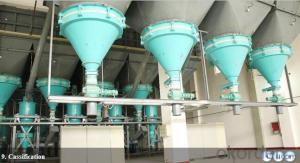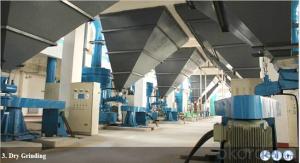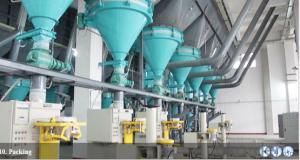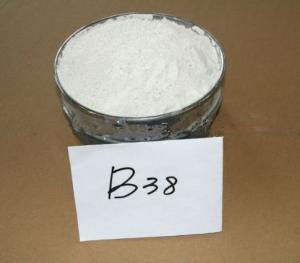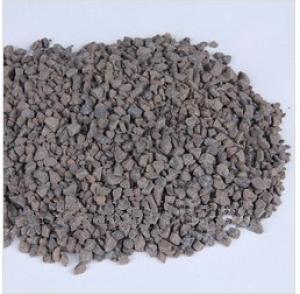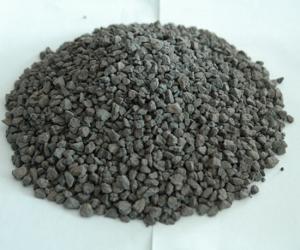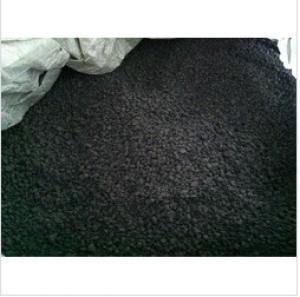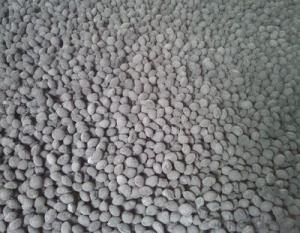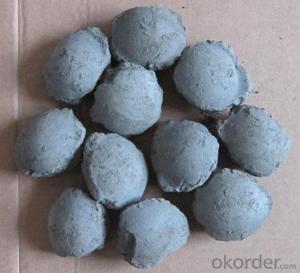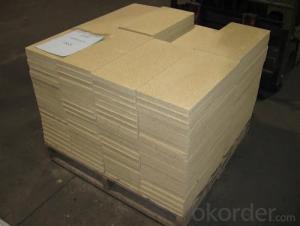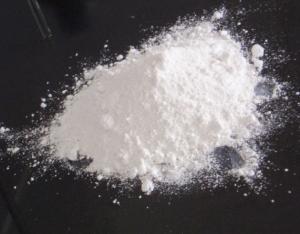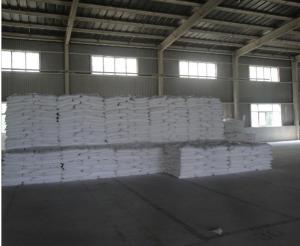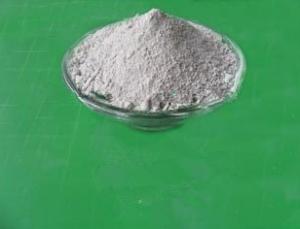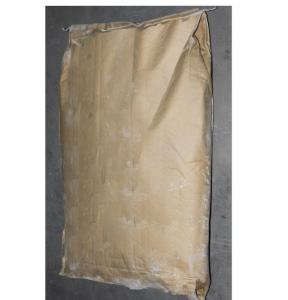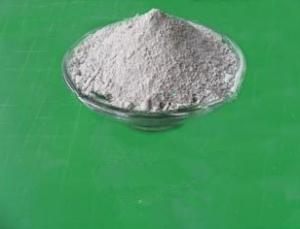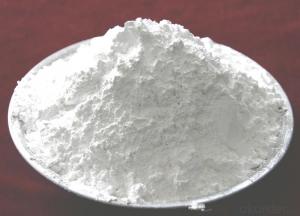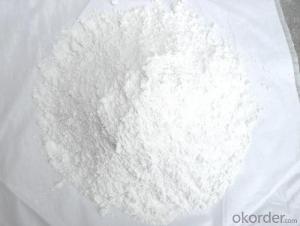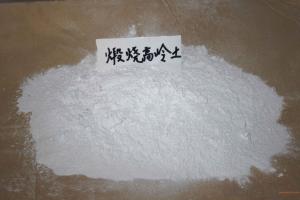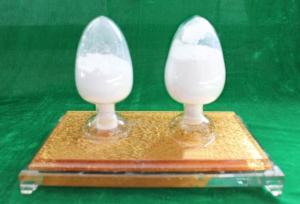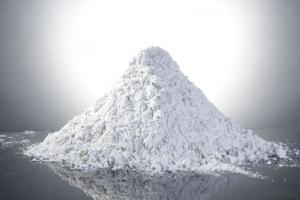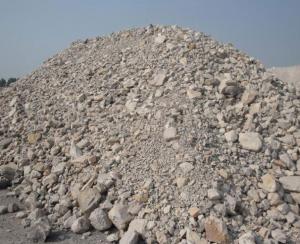CALCINED KAOLIN FOR COATING Quality Under GB
- Loading Port:
- Tianjin
- Payment Terms:
- TT OR LC
- Min Order Qty:
- 25 m.t.
- Supply Capability:
- 12000 m.t./month
OKorder Service Pledge
OKorder Financial Service
You Might Also Like
1. Benefits and Application
The GB-CK series of Kaolin based pigments are produced through delamination,
calcination and classification. The well-controlled processes ensure the GB series have no coarse particles and maintains an absolute minimum of 325 mesh residue, so the end user can achieve a high Hegman grind. The GB series pigments also have high brightness, strong hiding powder and superior dispersibility, and it is widely applied in latex paint, powder coating and electrophoresis coating.
Its main benefits are:
It’s the best extender of titanium dioxide with excellent opacity that can
improve efficiency and cut costs by partly replacing titanium dioxide;
It can easily disperse in water based systems;
It offers superfine particle and with excellent anti-settling property; It is inert to most acids and
alkaline at ambient temperature and offers good anticorrosive capabilities.
2. Typical Physical Properties
Item | GB-CK90 | GB-CK92 |
Brightness(T457) | 90.5%min | 92%min |
Particle Size (0-2micron)% | 50+/-2 | 60+/-5 |
Particle Size (0-10micron)% | 94% | 97% |
Refractivity | 1.62 | 1.62 |
Screen residue (325 mesh %) | 0.01max | 0.01max |
Oil Absorbency (g/100g) | 35+/-5 | 50+/-5 |
Dispersion (micron) | 55max | 50max |
pH | 5.5-7.0 | 5.5-7.0 |
Bulk Density (kg/m3) | 600 | 500 |
Specific Gravity (kg/m3) | 2600 | 2600 |
Moisture (%) | 0.5max | 0.5max |
3. Typical Chemical Properties
SiO2(%) | Al2O3(%) | Fe2O3(%) | TiO2(%) | CaO(%) | MgO(%) | CuO(%) | K2O(%) | Na2O(%) | MnO(%) |
52+/-2 | 45+/-2 | 0.50max | 1.5max | 0.4max | 0.2max | 0.004max | 0.05max | 0.15max | 0.004max |
4.Application
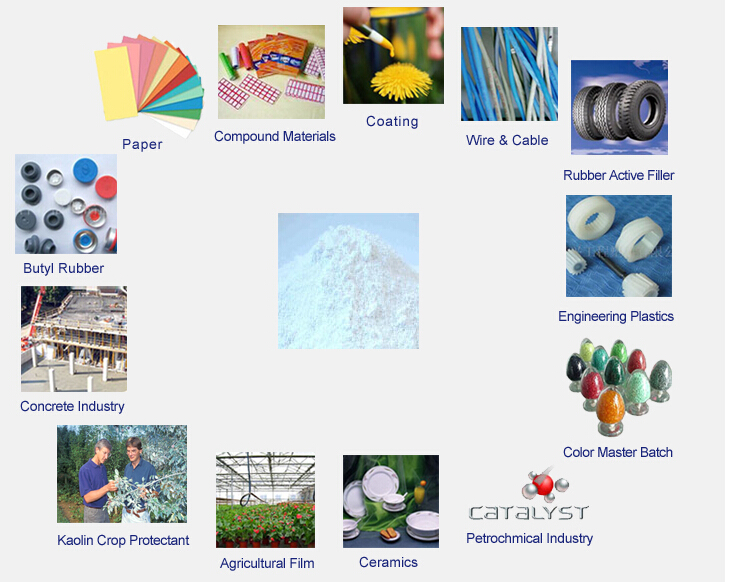
- Q:How can clay sculptures not be cracked and preserved for a long time?
- 1. Keep moisture - covered with plastic sheeting;2, reduce the amount of water used during the mud and more or more times, or use mechanical agitation, and then after a long time of boring mud, or add water reducing agent to reduce moisture;3, add other modified substances - add glue, calcined fine powder and so on;4, the process should pay attention to not too much smearing the surface.
- Q:What is the difference between chemical pure and pure analysis of kaolin?
- Analysis of pure (AR, red label) (grade two): high content of principal components, high purity, interference impurities are very low, suitable for industrial analysis and chemical experiments.
- Q:How to distinguish between light calcium carbonate and calcined kaolin?
- Kaolin is a nonmetallic mineral, a kind of clay and clay rock mainly composed of kaolinite group clay minerals. [1] from Jiangxi province Jingdezhen Gaoling village name.
- Q:What are the characteristics of kaolin in ceramic materials?
- The application field of consumption and consumption structure of domestic kaolin kaolin is very broad, involving ceramics (daily-use ceramics, building ceramics, sanitary ceramics, art ceramics, high voltage porcelain, low voltage porcelain and high frequency porcelain, porcelain, paper, wireless) rubber, plastics, enamel, petrochemical, paint, printing ink, optical glass, glass fiber, chemical fiber, grinding wheel, building materials, chemical fertilizer, pesticide and pesticide carrier, glue, refractories and other industries. The more than 10 series of products are ceramics, electronics, papermaking, rubber, enamel, oil, paint, grinding wheel, pesticides and pesticide carriers, glue and refractory materials, nearly 60-70 varieties. The consumption structure of our country soft kaolin for ceramic and porcelain 55%, paper 22%, other 23%. kaolin consumption structure: 65~85% 5~15% paint, paper, rubber and plastic And cable 5~10%, ceramics, 3~8%, fine chemicals, 3~5%., calcined soil consumption in the coating industry grew faster
- Q:How to distinguish bone porcelain and kaolin porcelain?
- (Bone China): also known as referred to as bone china, Bone China, production began in England, the basic process is based on animal bone char, clay, feldspar and quartz as raw materials, a kind of porcelain biscuiting after high temperature and low temperature glaze firing two times. The two basic features of Bone China are the essential basis for the distinction between Bone China and other porcelains. Feature: char content above 36% (national standard); two characteristics: after two firing into (biscuiting, glaze). According to the British standard set by China, with thirty percent from animal bones of calcium phosphate, and the finished product has light transmittance, have called china. Bone porcelain because of its unique shape, simple and neat, white and delicate texture, has long been the countries aristocracy with porcelain, is recognized as the world's only high-grade porcelain.
- Q:Should kaolin be used in polyester production?
- Polyester fiber is also called polyester fiber (PET), the basic component is polyethylene terephthalate two ester, molecular formula [-OC-Ph-COOCH2CH2O-]n, so simply do not use kaolin when producing polyester.
- Q:The big ball of mud and kaolin porcelain which is good
- The remnant of the large ball mud pegmatite is called kaolin. The ore has a big ball and a small ball. The big ball is 10-40 cm in diameter and the diameter of the ball is 3-4 cm. The size of a white mud ball, long hidden in the deep mountains and forests of Hunan Xiangxi, lived a secluded life underground". Thank you
- Q:Hard kaolin in the ceramic piece, which is used in which? What's the difference between washed kaolin and washed kaolin?
- Whiteness difference is big, generally after light burning, kaolin whiteness will increase, and wash water will not significantly increase whiteness.
- Q:What is the role of kaolin in plastics? What's the role of kaolin in plastic formulations?
- Paint calcined kaolin, whiteness is higher, at least greater than 90%, and some manufacturers will require more than 93%.
- Q:Process characteristics of kaolin
- Whiteness is one of the main parameters of kaolin's technological properties. Kaolin with high purity is white. Kaolin whiteness, natural whiteness, and whiteness after calcination. For ceramic raw materials, the whiteness of calcined is more important, the higher the whiteness of calcined, the better the quality. The ceramic process stipulates that the drying temperature is 105 degrees centigrade and the classification standard is the natural whiteness. The calcined 1300 DEG C is the grading standard for the whiteness of the calcined products. Whiteness can be measured by a whiteness meter. Whiteness meter is a measure of a 3800 - 7000 (i.e., 1 =0.1 nm) wavelength of light reflectivity of the device. In the whiteness meter, the reflectivity of the sample to be measured is compared with the reflectance of the standard sample (such as BaSO4, MgO, etc.), i.e., the whiteness value (such as whiteness 90, which represents 90% of the standard sample reflectivity).
1. Manufacturer Overview |
|
|---|---|
| Location | |
| Year Established | |
| Annual Output Value | |
| Main Markets | |
| Company Certifications | |
2. Manufacturer Certificates |
|
|---|---|
| a) Certification Name | |
| Range | |
| Reference | |
| Validity Period | |
3. Manufacturer Capability |
|
|---|---|
| a)Trade Capacity | |
| Nearest Port | |
| Export Percentage | |
| No.of Employees in Trade Department | |
| Language Spoken: | |
| b)Factory Information | |
| Factory Size: | |
| No. of Production Lines | |
| Contract Manufacturing | |
| Product Price Range | |
Send your message to us
CALCINED KAOLIN FOR COATING Quality Under GB
- Loading Port:
- Tianjin
- Payment Terms:
- TT OR LC
- Min Order Qty:
- 25 m.t.
- Supply Capability:
- 12000 m.t./month
OKorder Service Pledge
OKorder Financial Service
Similar products
New products
Hot products
Hot Searches
Related keywords


